Gabriel Buntebart was one of numerous German piano makers who settled in London during the mid-18th century. From 1768 to 1778 he partnered with the famous Johannes Zumpe, then struck out on his own and became quite successful, making unpretentious instruments like this one as well as more ornate models. Two of his instruments (one in the collection of Pooya Radbon, the other in the Cobbe collection) were signed on the soundboard by Johann Christian Bach, who lived and worked in London for many years. It is most likely that the purchasers contracted with Bach to select a piano, and his signature guaranteed it was the piano he had chosen.
Zumpe popularized the square piano in England by making large numbers of standardized instruments with a simple action lacking back checks and escapement mechanisms. Instead, a fixed jack on the key (a stiff metal rod topped with leather-covered wood) propels the hammer to the string. This design, often called the “English single action,” was widely copied for about 40 years, especially by makers in England and France, and helped lead to the piano displacing the spinet in the home. In his Art of Tuning (1836), Montal wrote about such instruments as among the most common a piano tuner would encounter. Montal also included instructions for their tuning and repair in his 1865 edition, since apparently many of them were still being used even then.
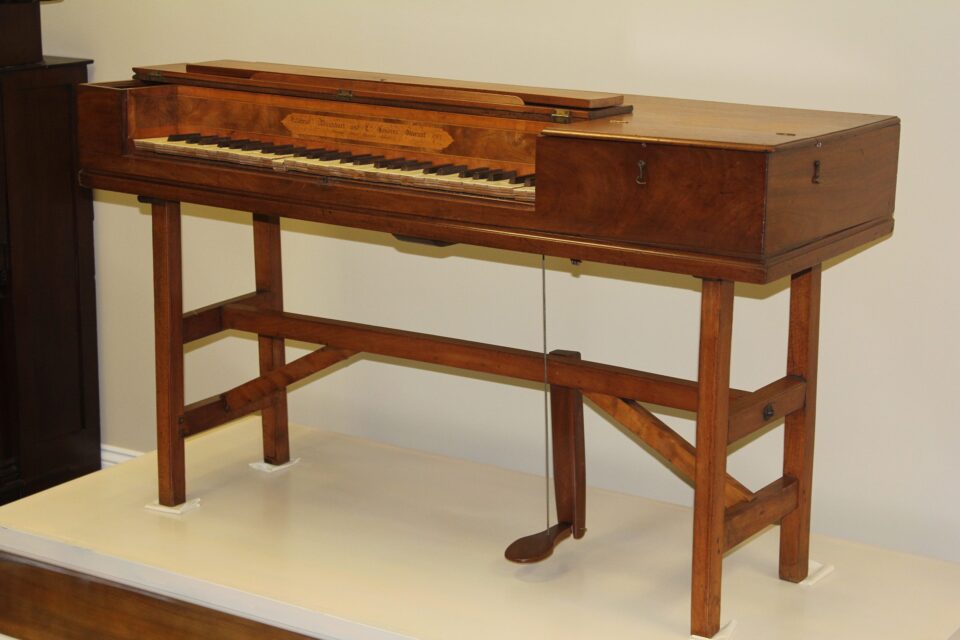
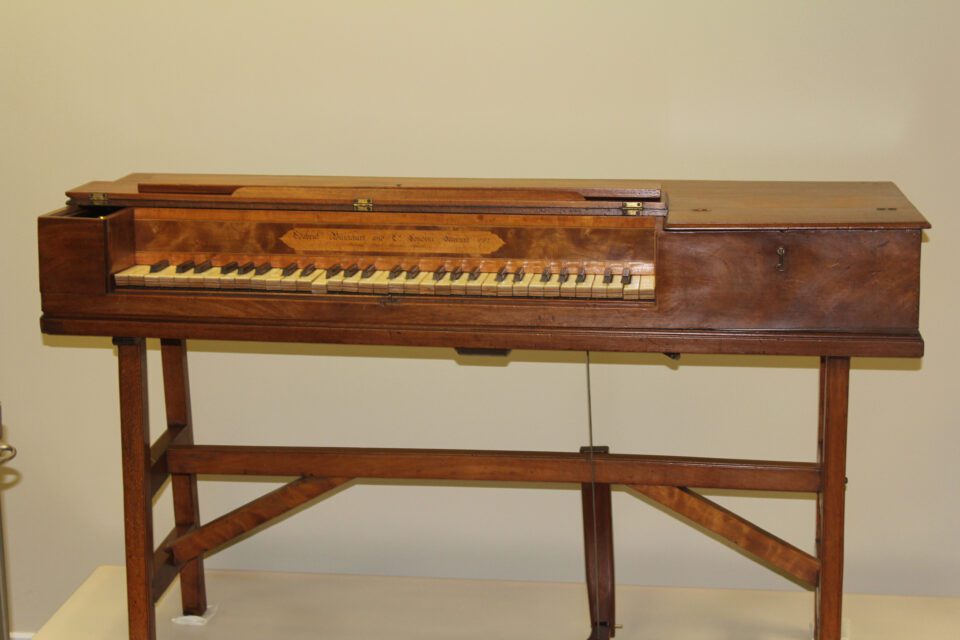
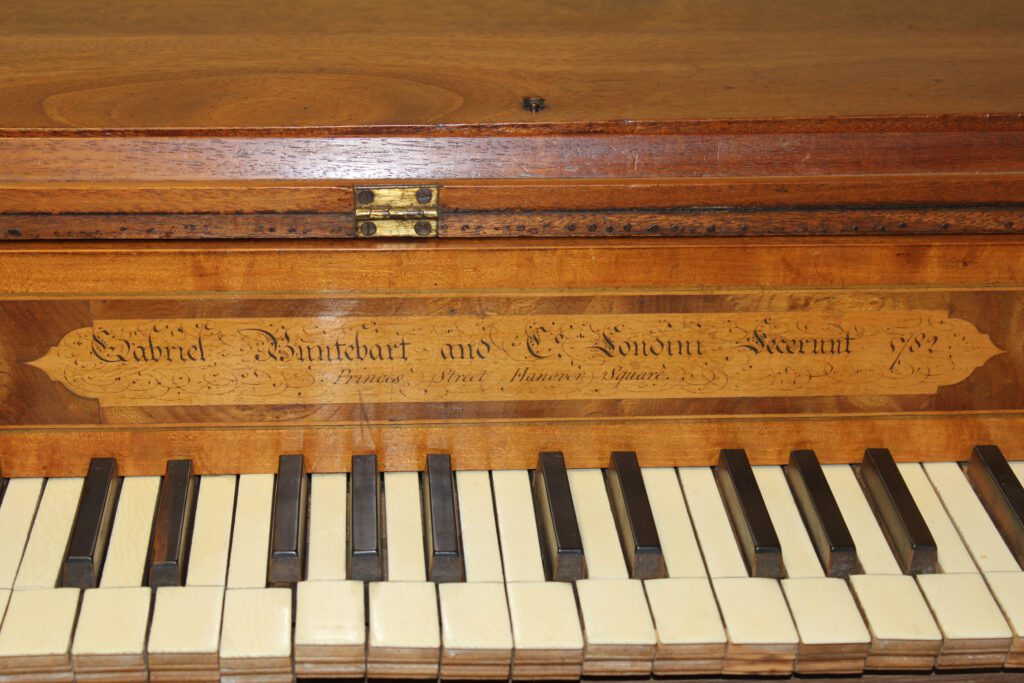
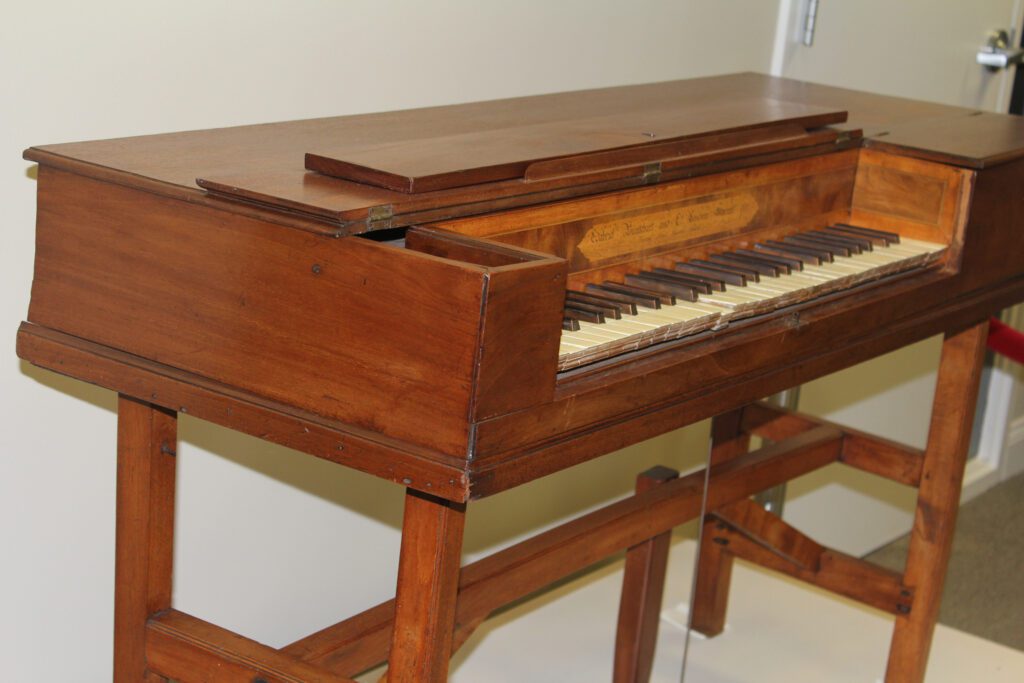
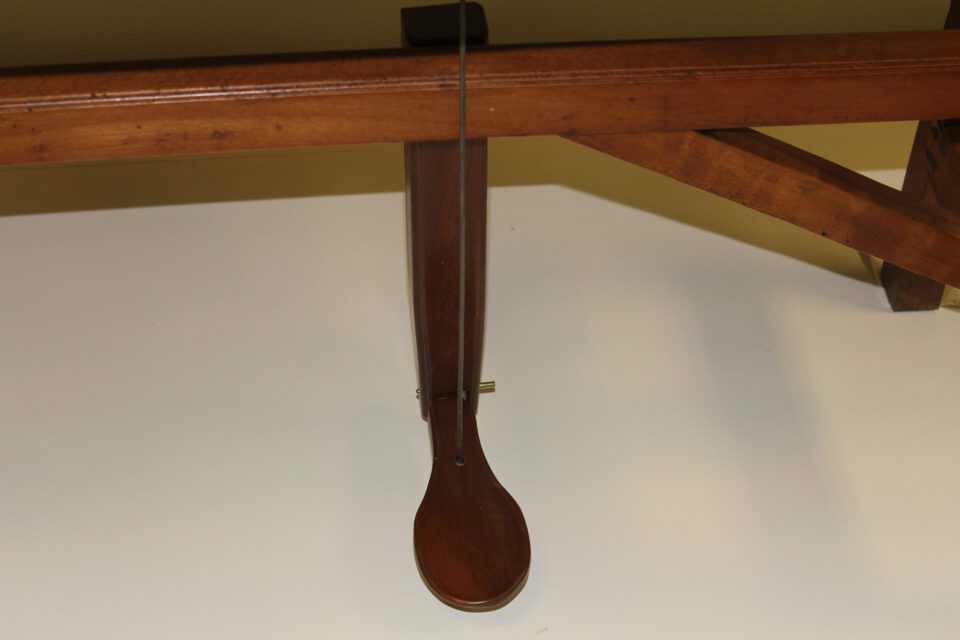
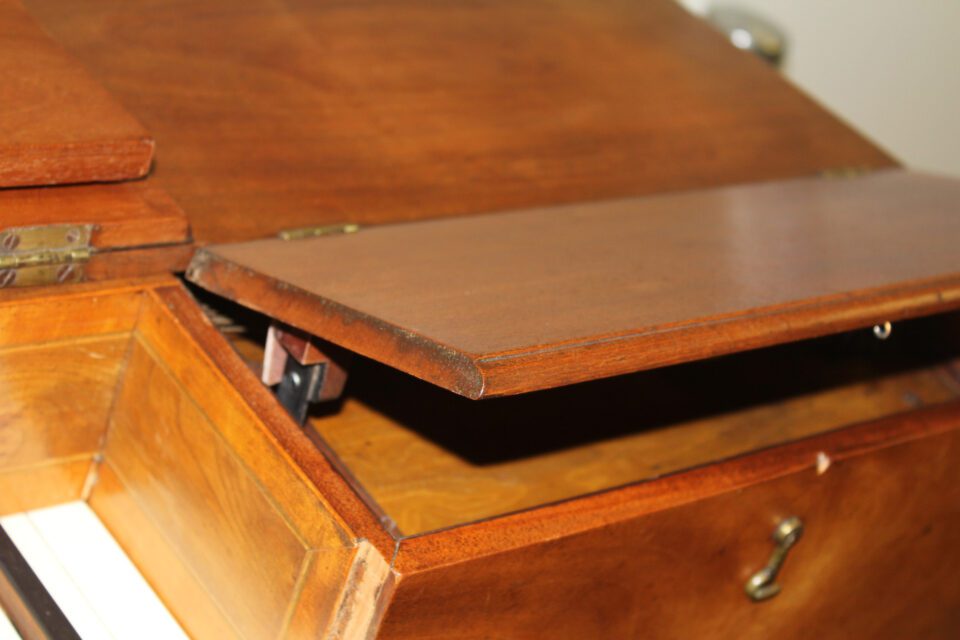
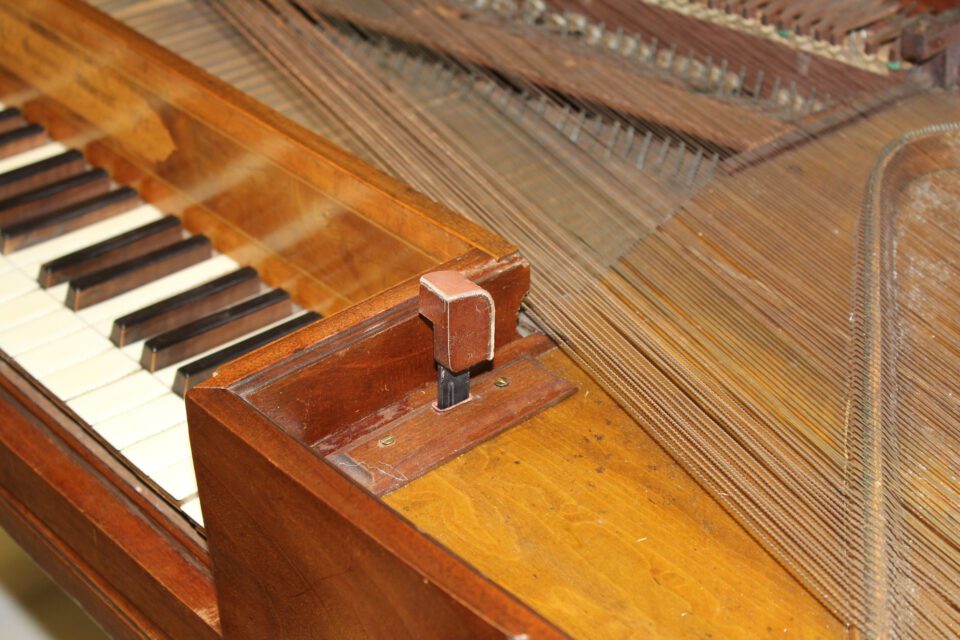
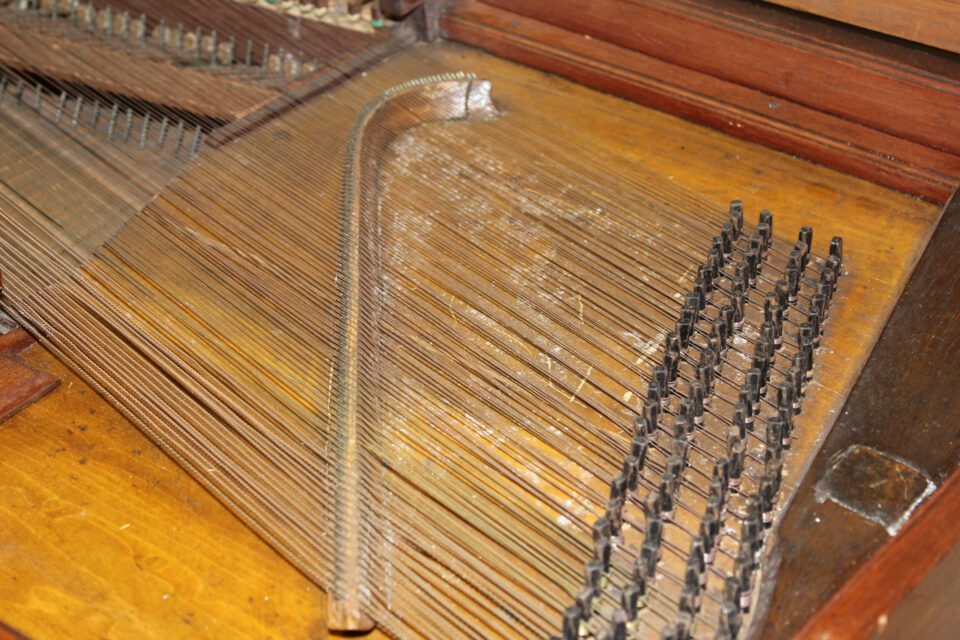

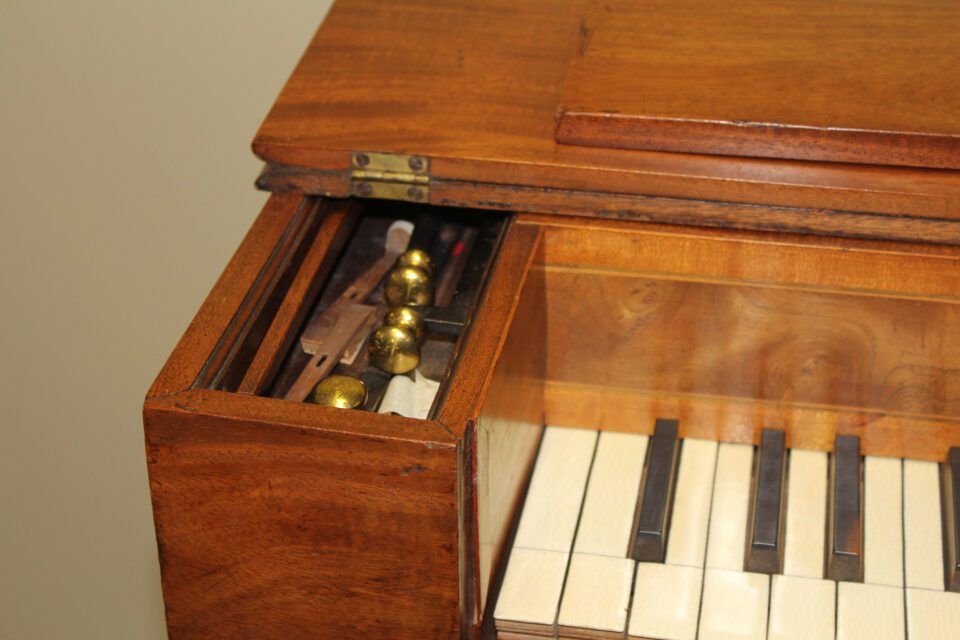
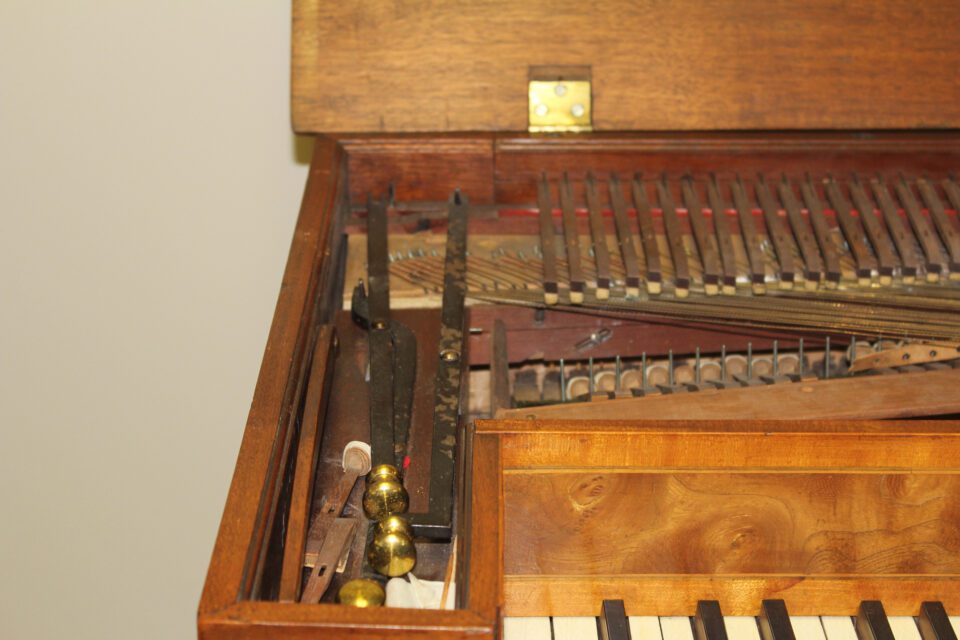
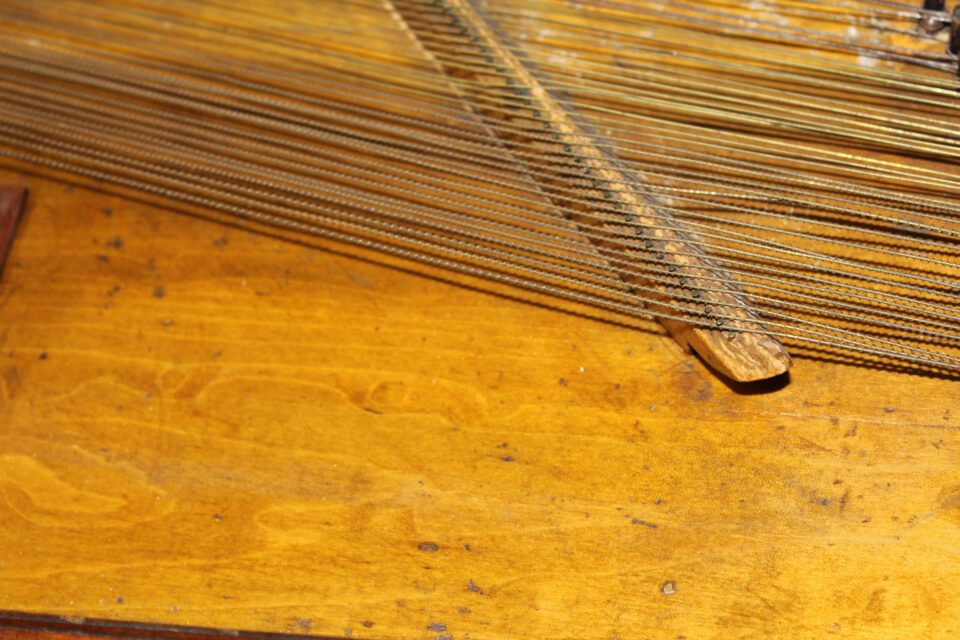
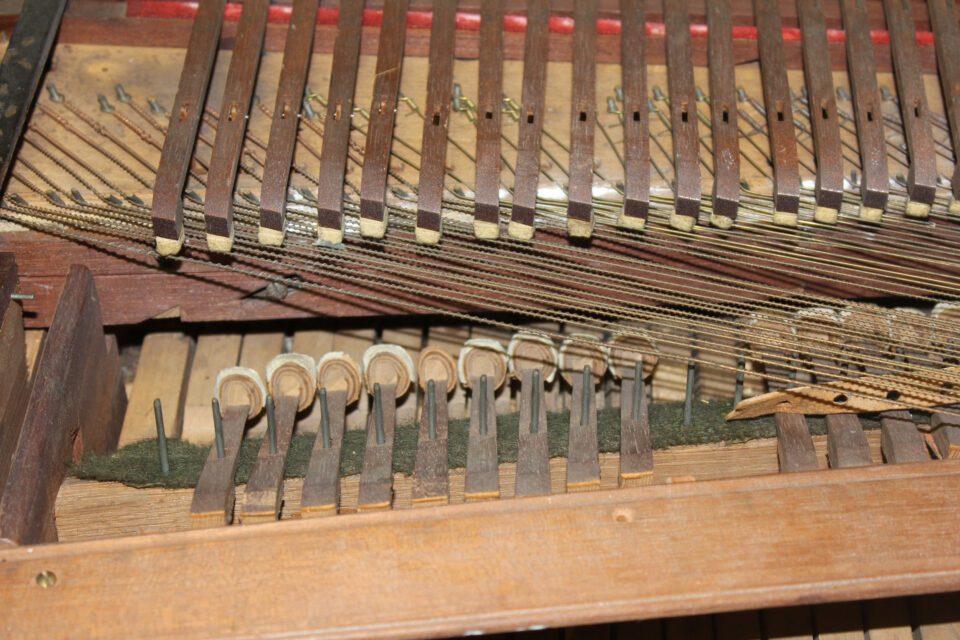

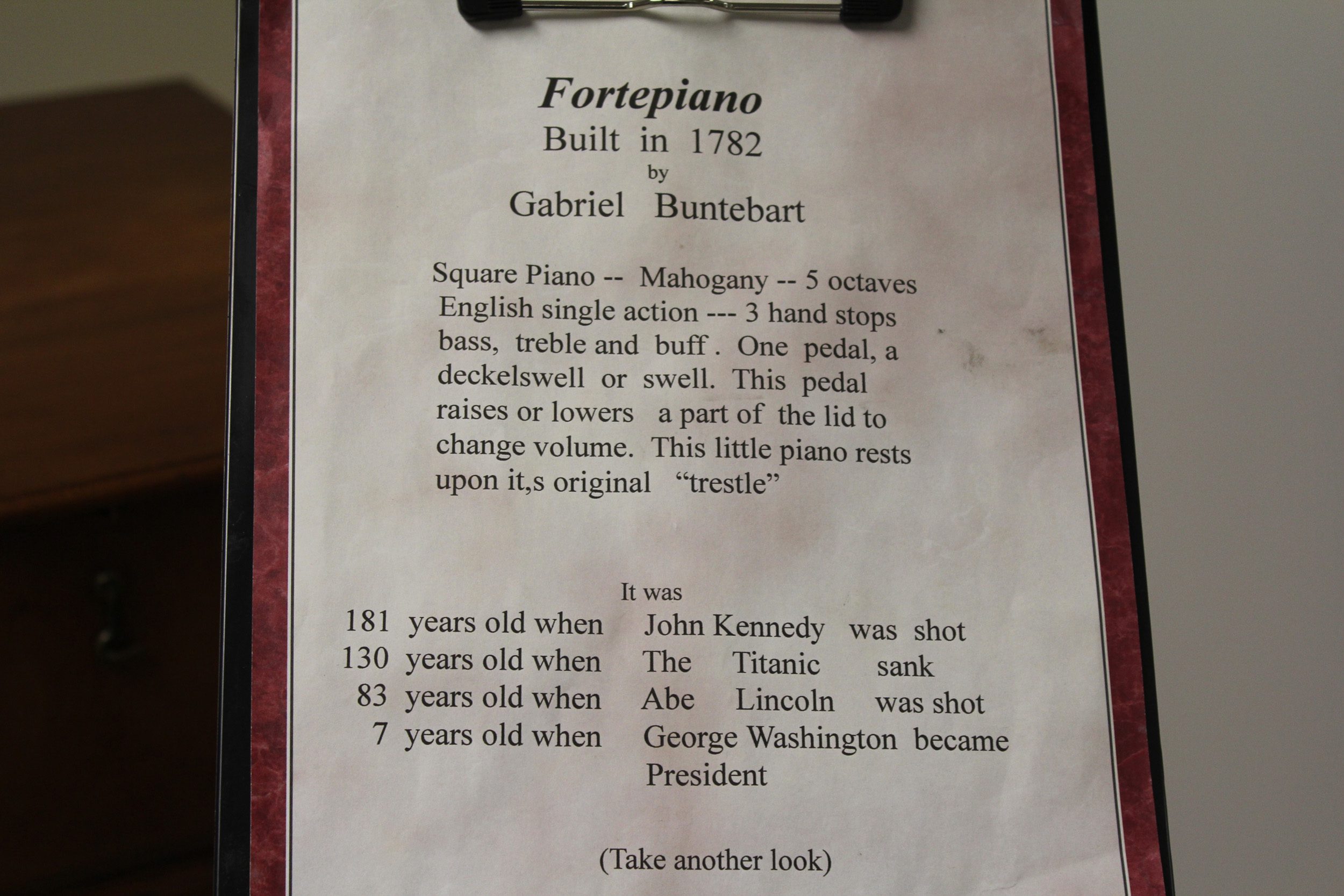
For photos of some other Buntebarts:

